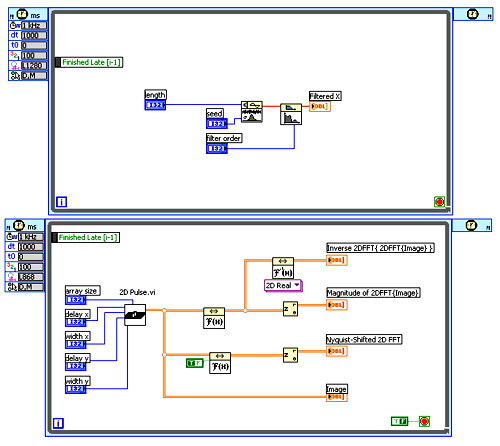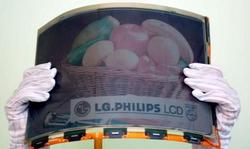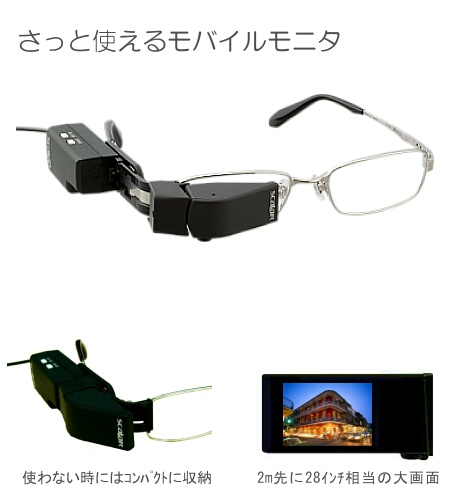Real Time search and subjective information value…the next google?
Thomas Menguy | July 8, 2009![]() Well, I’ve blogged about twitter and micro blogging a while ago (see the article here).
Well, I’ve blogged about twitter and micro blogging a while ago (see the article here).
Since then I’ve used twitter … when I say used twitter I’m wrong I hardly NEVER write a single tweet, I comment what blog posts I read in Google Reader and those comments are autmatically gathered in a feed by Yahoo Pipes automagically redirected into my Twitter account (see my article to know how to do that).
I aslo post a weekly twitter update on this blog, to have a list of my comments about the industry in a weekly form (Ok, perhaps I shouldn’t do that since I’m not writing that much …the blog feels empty with those automatic posts, I disgress).
So really I’m an old school twitterer : I tweet as if I were posting on this blog, in a less formal way, but the spirit is the same. I don’t use it as a personal/emotional way of sharing my thoughts, I try to keep it professional.
But many people don’t, and twitter is now a phenomenal data gold mine to have impression/feeling/thought about a subject, in minutes.
And here comes the Twitter search:
Twitter’s real-time search is probably one of Twitter’s most valuable features, as it allows you to keep track of an event as it unfolds in real-time
http://www.readwriteweb.com/archives/twitter_finally_integrates_search.php
I use it all the time to get point of views, ratings, instead of raw news or information, I use it to get subjective information …
The 1000€ question: Since when is it a value to get a highly not formatted, unverified, noisy and above all completely irrational piece of information ?
Well newspaper/school/etc told us that objective and verified data was key, Google is trying to have this stamp on its serach results with complex ranking algorithm (based on popularity in fact…) … but if I want to have the latest point of view about Iran troubles? An ongoing TV show, or a californian keynote? A feeling of a hard drive noise I want to buy? … I go to twitter, and it is a large amount of my search, I don’t want to wait for someone to cleanly format, verify and formalize the info I miss.
Why Real-Time Is Google’s Achilles Heel
Google cannot be real-time. It indexes the historical web, and it does it better and faster than anyone else. It finds me after-the-fact reporting on major stories from major media companies. But it misses the real-time story. And that matters today.
Sure, Google can play in the real-time web. It can buy Twitter and anything else it fancies. It will always be a big and powerful company and will make money from search just as IBM made money from PCs and Microsoft makes money online. But IBM did not dominate the PC business, and Microsoft does not dominate the online business. Likewise, Google will not dominate the real-time web.
Sorry Google, You Missed the Real-Time Web
Another very good read about this twitter real time search meaning: Twitter destined to replace Google Search
Of course we have to learn how to filter this flow….but this flow is from human beings, not machines, and well, for most of us we are human, it is why it feels so natural.
As for Google vs Twitter thing … I really think the forthcoming Google Waves paradigm shift will be the way to gather a high volume of private and public conversation, rants, etc….and if done right, google may have, again, a winner , time will tell.
Thomas















